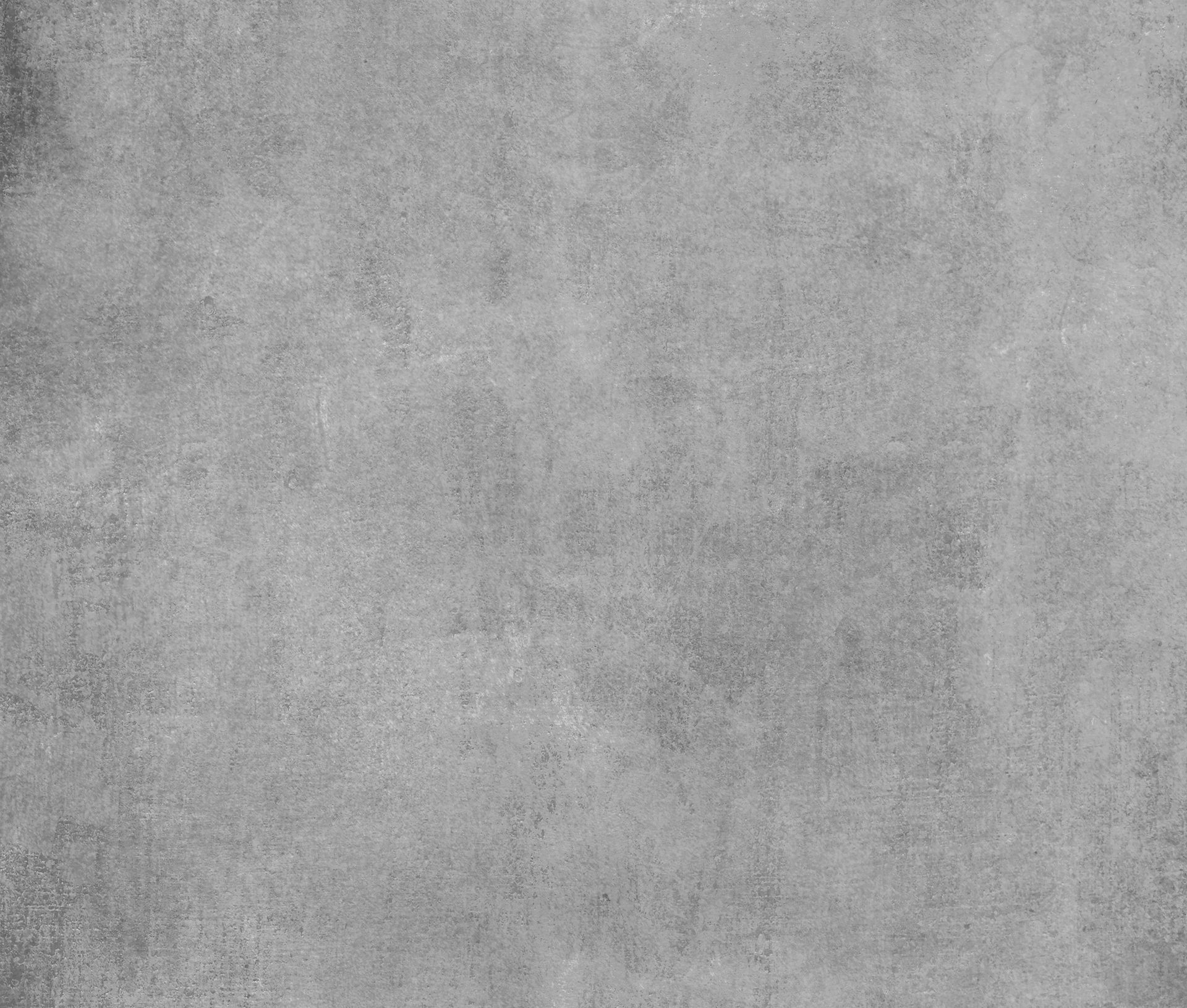
In this stage and upon clearly understanding the 3P: people, place and project, students will take the
project to the next level. Under the tutor’s guidance and studio direction, students are to progress by
exploring the project proposal presented by the group in Project 1a, individually. Each student explores
design ideas within the proposal into multiple angles and possibilities, looking carefully into the
functionality, effectiveness, spatial quality, and form composition. Design exploration is to represent the
designer’s inquisitive nature and attitude through a series of schemes to analyze, test and challenge the
ideas. A full exploration of the design is to be presented and represented in a series of sketches, study
models, diagrams, conceptual/schematic 2D Drawings (floor plans, sections, and elevations) and
conceptual 3D drawings (axonometric, perspective, and modelling).
At the end of this stage, students are to present both the full exploration and final scheme in a pin-up
presentation with evidence of design explorations. During exploration, students are advised to look into
the suggested readers and relevant buildings to gain a better grasp and understanding of the project
on a programmatic and design level. Likewise, on structural concepts, and materiality.
Key Objectives:
▪ To explore brief which will inform and set the design parameters for the design.
▪ To develop a design strategy (to the level of explorative design phase) for your proposed project.
▪ To produce a design which is well explored and optimized to an appropriate resolution.
REFLECTION:
At the start of P1B, my initial idea was the Living Library, a concept focused on knowledge sharing and community learning. However, as I researched further and reflected on George Town’s needs, I realised that a Health Oasis would bring greater value to the community by addressing the lack of wellness facilities. This phase was about exploring possibilities, testing ideas, and finding the right direction. Although my concept shift came later, the process during P1B helped me lay the foundation for what Health Oasis would become.
TGC:
TGC 3.2: Identifying and analyzing problems is crucial for devising effective solutions, especially since unexpected challenges often arise during projects. Quick and thorough problem analysis is necessary to develop timely and viable solutions.
TGC 7.1: Recognizing and taking into account diverse perspectives is essential when shaping opinions. In Project 1, a variety of opinions emerged regarding the design, and I honed the skill of actively listening to comprehend the needs and concerns of everyone involved. This skill proved instrumental in creating a design that incorporated ideas from all parties.